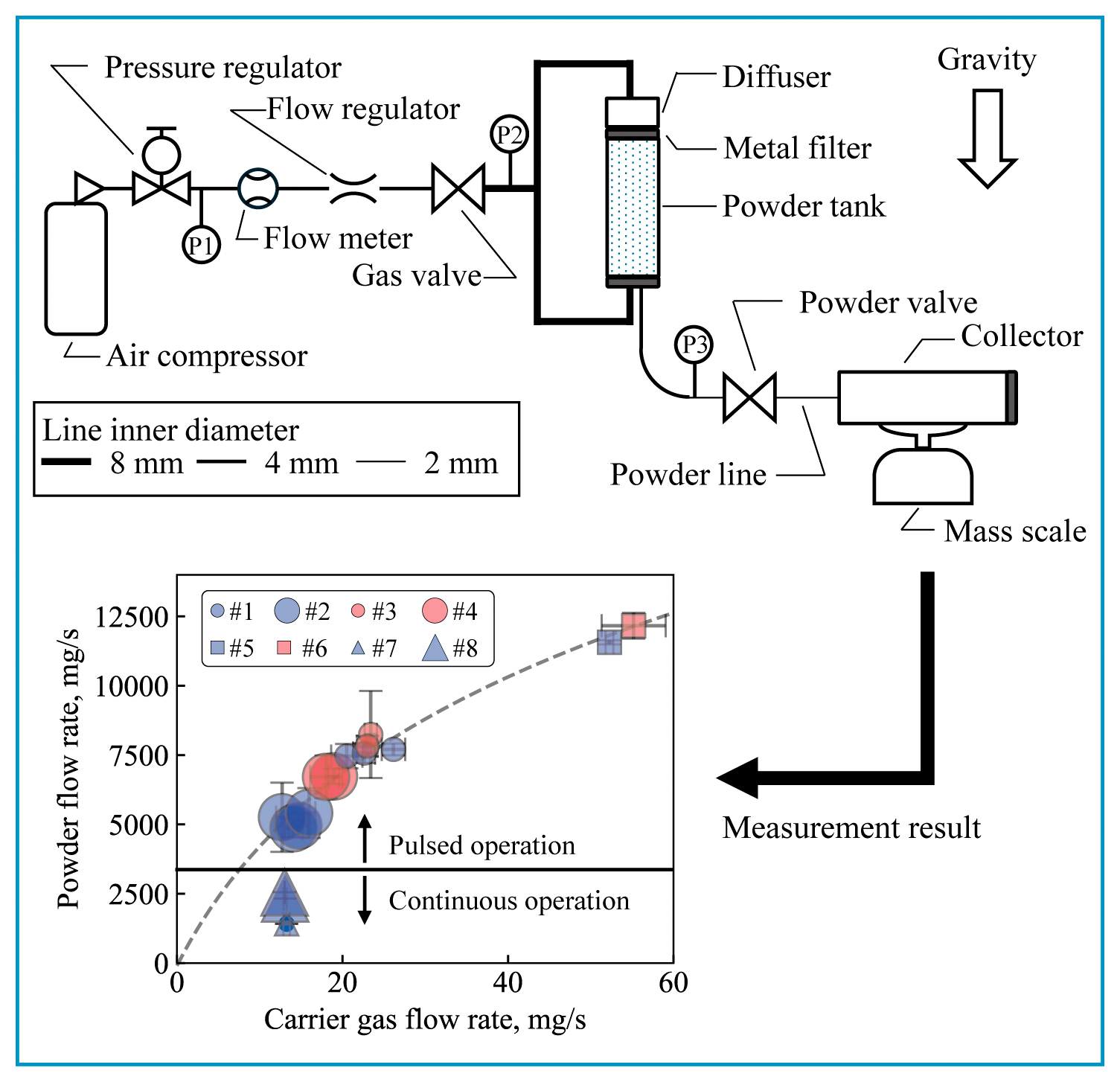Advance online publication
Advance online publication
Advance online publication allows users to view and download accepted articles before the production process has been finalised.
Displaying 1-19 of 19 articles from this issue
- |<
- <
- 1
- >
- >|
-
Article ID: 2026006
Published: 2025
Advance online publication: April 10, 2025Download PDF (17658K) -
Article ID: 2026017
Published: 2025
Advance online publication: August 23, 2025Download PDF (8253K) -
Article ID: 2026018
Published: 2025
Advance online publication: August 23, 2025Download PDF (13109K) -
Article ID: 2026019
Published: 2025
Advance online publication: August 23, 2025Download PDF (5110K) -
Article ID: 2026016
Published: 2025
Advance online publication: August 01, 2025Download PDF (7809K) -
Article ID: 2026015
Published: 2025
Advance online publication: July 29, 2025Download PDF (21897K) -
Article ID: 2026014
Published: 2025
Advance online publication: July 12, 2025Download PDF (10042K) -
Article ID: 2026013
Published: 2025
Advance online publication: June 27, 2025Download PDF (3323K) -
Article ID: 2026012
Published: 2025
Advance online publication: June 24, 2025Download PDF (6452K) -
Article ID: 2026011
Published: 2025
Advance online publication: June 21, 2025Download PDF (8089K) -
Article ID: 2026010
Published: 2025
Advance online publication: May 17, 2025Download PDF (8873K) -
Article ID: 2026009
Published: 2025
Advance online publication: April 29, 2025Download PDF (17362K) -
Article ID: 2026008
Published: 2025
Advance online publication: April 25, 2025Download PDF (14405K) -
Article ID: 2026007
Published: 2025
Advance online publication: April 19, 2025Download PDF (7597K) -
Article ID: 2026004
Published: 2025
Advance online publication: March 25, 2025Download PDF (35611K) -
Article ID: 2026005
Published: 2025
Advance online publication: March 25, 2025Download PDF (11826K) -
Article ID: 2026003
Published: 2025
Advance online publication: February 28, 2025Download PDF (5646K) -
Article ID: 2026002
Published: 2025
Advance online publication: February 01, 2025Download PDF (4266K) -
Article ID: 2026001
Published: 2024
Advance online publication: December 27, 2024Download PDF (20306K)
- |<
- <
- 1
- >
- >|


















